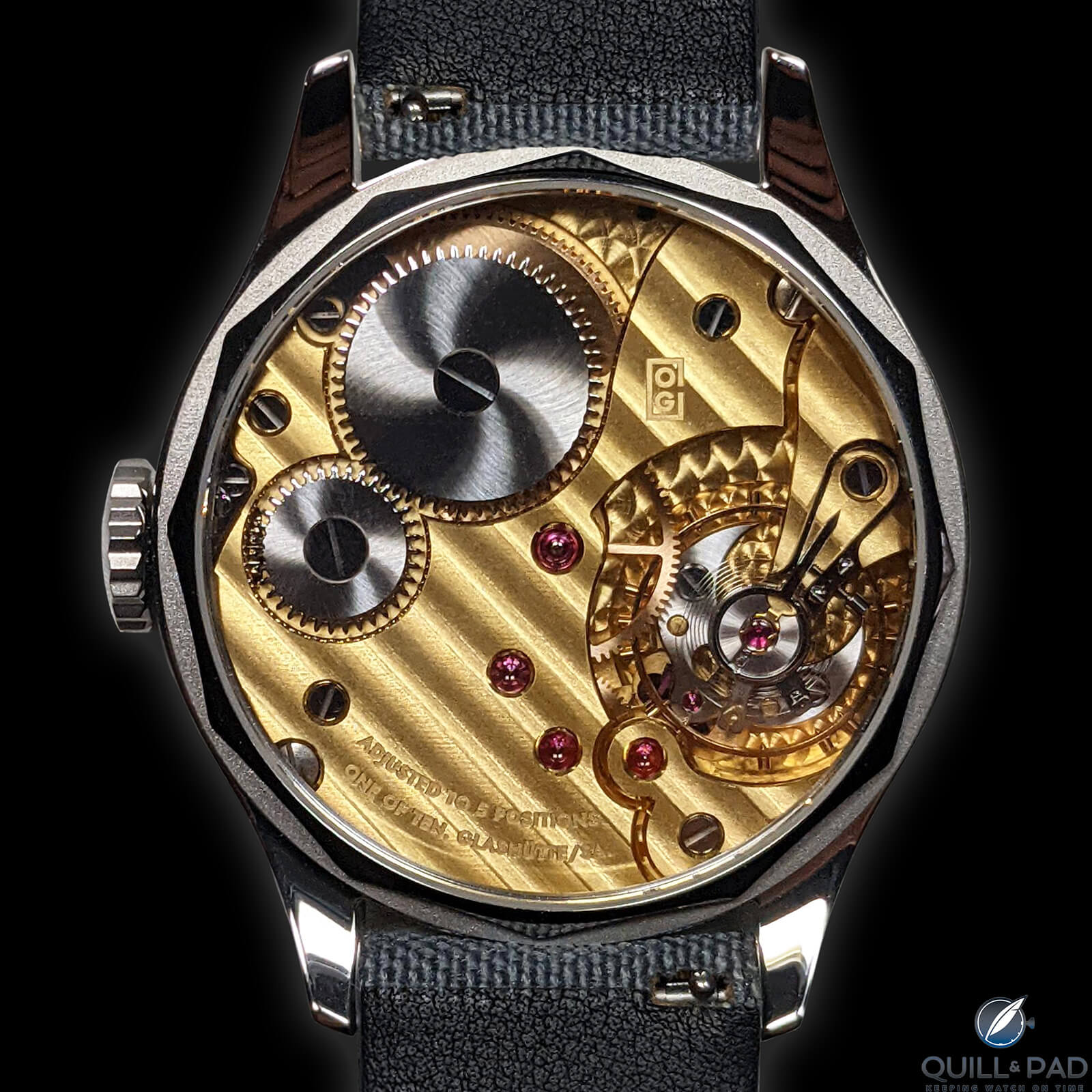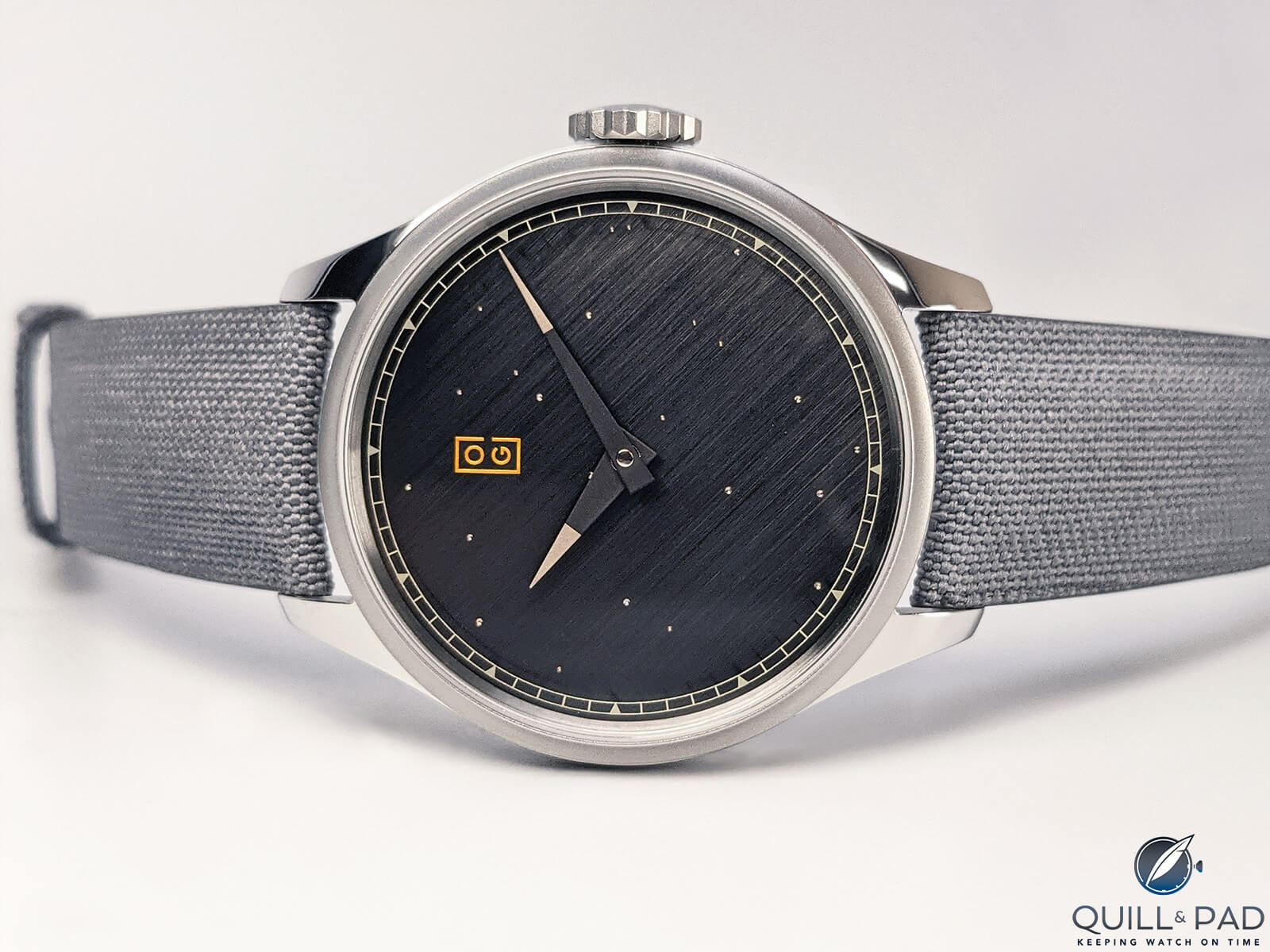Credits: Article and images by Joshua Munchow @ Quill & Pad. See the original article here - https://quillandpad.com/2023/07/16/o-g-deep-space-classic-methods-modern-aesthetic/
EXT. CLOSE UP
The rain falls, dripping down a bloodied face, slowly blinking in the glaring light.
CUT TO:
EXT. ROOF – NIGHT
From his back, he considers his savior, the one that so effortlessly snatched him from death hundreds of feet below as his own grip gave out. He breathes heavily from his exhaustion, unsure what is to come.
CUT TO:
EXT. ROOF LOW ANGLE (LATER)
Sitting, partly crumpled, a dove still grasped tightly in his left hand and a nail embedded in his right; with his eyes full of life and intensity he looks at the man he just saved.
They stare at each other for a long time, communicating something with their eyes… without expression. Finally, Batty breaks the silence –
I’ve… seen things you people wouldn’t believe.
(shudders with a pause)
Attack ships on fire off the shoulder of Orion.
I watched C beams glitter in the dark near the Tannhäuser Gate.
(long pause)
All those… moments will be lost… in time… like tears in the rain.
Time to die.
He slowly crumples over, releasing the dove as his movement ceases.
Deckard grimaces. He knows Batty was more human in his last moments clinging to life than most people will ever be. He fought it all the way. He took all the time he had, as though he loved life very much, every second of it… even the pain. And then he was dead.
_ _ _ _ _ _ _
This mashup of the original script and paraphrasing of the visuals from the iconic 1982 sci-fi hit Blade Runner is not here solely for a fun bit of nostalgia but is here to set the stage. This film created an aesthetic of the future so distinct and lasting that it has been copied and parodied in almost every form of media relating to futuristic sci-fi.
Cyberpunk elements were already arising before Blade Runner was produced, with early examples in comics appearing in the late 1970’s. However, Blade Runner was the first widely seen example to solidify the elements into such a visceral image. The dystopian future of neon and dirty streets where it always seemed to rain was cemented in people’s minds as intimately linked with science fiction.


Blade Runner 1982 poster
The original poster and subsequent “final cut” edition (of which I am most familiar) have also been seen as much, if not more, than the film itself, strengthening the popular imagery surrounding the world.
That is why one of the first things I think of when I think of Blade Runner is this climactic scene between Deckard and Batty, the rain pouring down, neon lights, steel, and a dark aesthetic filling the screen. In my mind, diagonal streaks of light wash over the image, and a lot of cyberpunk visuals seem to mimic or copy this detail in some way, so that texture and light feel to be key aspects of the genre.


O.G. Deep Space
A new watch that accidentally triggered that memory and feeling is the Deep Space from the small independent brand O.G. out of Bristol in the U.K.


Oliver Gallaugher, founder of O.G. watches
Founded by the eponymous Oliver Gallaugher, the O.G. brand launched its first timepiece, the Deep Space, as an exploration of visual movement in the simplest possible way and as a result created a very clean example of understanding the assignment.
O.G. Deep Space
At its core, the Deep Space is a very simple watch without any gimmicks masquerading as features, allowing it to be observed and appreciated for what it is, a solid time-only watch. It displays the hours and minutes on a supremely clean dial that lacks pomp or flourish, with just enough going on to create a strong first impression.


Movement of the O.G. Deep Space
Built on a custom designed and manufactured movement developed from the design of the tried-and-true ETA Unitas 6498, the Deep Space attempts to do one thing and one thing only: be a great everyday watch that looks good on the wrist through distinct design.
The dial has no applied markers, no variations of level, and uses two details to create a tapestry of movement across the face of the watch: a diagonal brushed finish and hand-engraved stars. That’s it.


O.G. Deep Space
There is the simple O.G. logo pad printed in gold in the typical position, but other than that, the dial is empty of distracting details. The hour and minute railroad track around the edge of the face is kept off the dial by printing it directly on the underside of the sapphire crystal, with a design that is as simple as it can be while adding a tiny flair with triangle hash marks within the borders for every hour.
To mirror the hour markers, each hand is a straight tapered wedge, shorter and fatter for the hours, long and skinny for the minutes. With a simple case profile, minimal bezel, and thin but heavily fluted crown, that is the extent of the shapes driving the visual impact of the Deep Space. That simplicity gives way a bit once you flip it over, revealing a well-finished and lightly stylized GUY-1 caliber.


O.G. Deep Space movement finishing
Classic finishing and a fully gold-plated movement shine out like a sun from the previously monochromatic design language. With just enough customization to make it stand out against a simply modified 6498, the GUY-1 adds enough horological gravitas to elevate the watch beyond just a design object.
—————————————————————————————————–
Credits: Article and images by Joshua Munchow @ Quill & Pad. See the original article here - https://quillandpad.com/2023/07/16/o-g-deep-space-classic-methods-modern-aesthetic/











